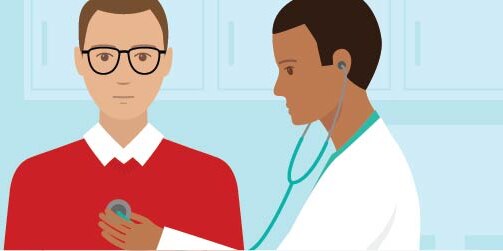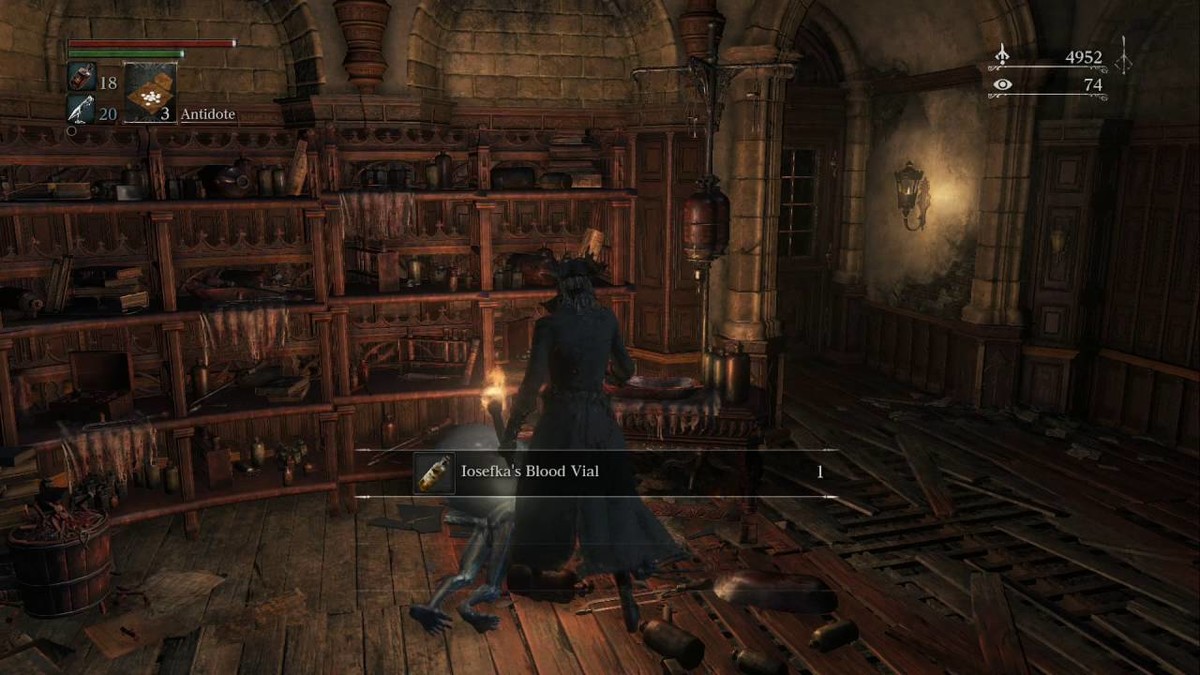4 percent in counties that already had neighborhood university hospital compared to a joblessness growth rate of 4 percent in other counties. Providing additional stimulus financing to neighborhood university hospital in 2009 suggested that economic benefits and job production went hand in hand with broadened primary care accesstargeted to the neighborhoods that require the most help. As a result of Healing Act funding, neighborhood university hospital generated an extra $3. 2 billion in financial activity for the neighborhoods they served ( cleveland clinic: health library). 20 Much of this is an outcome of the brand-new jobs created. In the three-month duration in between January and March 2010, for instance, it is approximated that this investment created or kept over 7,000 jobsover half of which were health specialists.
The funding also created an extra 1,500 tasks related to construction. We Mental Health Doctor do not yet know the number of additional tasks were created as an outcome of stimulus act spending on community health centers because more research study will be necessary to learn how this job development affected the unemployment rate at both county and state levels. However the past performance history of purchasing neighborhood health centers and wider economic data indicate the gains will be very important. The historic passage of the new healthcare law earlier this year now poses a variety of implementation-related difficulties, including how to provide care to the extra 32 million Americans who will have health protection.
The Affordable Care Act commits $11 billion to these centers over the next five years to broaden services. Community health centers are long acknowledged for their capability to efficiently make use of federal grants to improve and broaden patient access to medical, oral, and psychological health services. The steady boost in federal financing has enabled these centers to provide high quality, available care to the country's most susceptible populations. That's why any discussion of how to broaden access to health services while trying to slow the increasing costs of health care must Alcohol Rehab Center consist of maximum usage of our nation's existing community health centers and the new ones needed to meet future needs.
All About How To Open A Federally Funded Health Care Clinic
Most of the financing ($9. 5 billion) will be used to offer growth and increased operating expenses at the existing centers, with the rest destined for brand-new building ($1. 5 billion). What does this increased financial investment actually buy? With extra funding for operations, neighborhood university hospital will include personnel to accommodate more patients, and add extra services at the centers to improve care shipment and reduce the opportunities of patients requiring to get care will go to more costly locations. One study finds that increased funding from 1996-2006 resulted in boosts in the provision of on-site mental health services, 24-hour crisis intervention, after-hours immediate healthcare, and compound use counseling.
To this we now turn. An important however less commonly gone over by-product of the increased financing to neighborhood university hospital is the huge financial activity in the broader community created by this influx of dollars. Studies demonstrate that increased funding to university hospital develops extra financial stimulus both within the center and beyond. We have actually seen this from the stimulus act financing, which created brand-new tasks in areas most in need of this investment. This is specifically important throughout times of financial insecurity. How does broadened financial activity happen? Initially, and a lot of obviously, health centers straight use individuals in their communities, including crucial entry-level jobs, training, and other community-based chances.

These brand-new health centers and business that have actually increase to serve the centers also should hire new employees. Every dollar invested and every task produced by health centers has a direct effect on their local economies. Previous research studies examined the financial activity produced in neighborhoods from having https://zenwriting.net/comgan86p1/this-was-a-rather-considerable-coup-since-there-was-a-moratorium-on-the a community university hospital. Case in point: Using modeling established by the U.S. Department of Farming and the Minnesota IMPLAN Group, a financial modeling firm, researchers figured out just how much economic activity a particular neighborhood health center will give a community, with details particular to each county and commercial sector. Utilizing this modeling, we are able in this memo to estimate the economic impact and result on job development that the funding offered in the Affordable Care Act will have on neighborhoods in 2015 nationally and on a state-by-state basis. This option is appropriate for low acuity cases, however may not be geared up to deal with more intricate client requirements. Immediate care clinics aren't always run by traditional hospitals or health systems. In reality, $161% of urgent care centers in Massachusetts are owned by non-hospital urgent care chains, per a 2018 Massachusetts Health Policy Commission report. Some of the largest United States immediate care operators include: American Family Care, City MDConcentra, Fast Med, Go, Health, HCA Care, Now, Med, Post, Next, Care, Client First, U.S. Healthworks, Interest in the on-demand, inexpensive care of immediate care clinicsparticularly amidst the coronavirus pandemichas been growing rapidly.

A Biased View of Healthnet What Is In Store Health Clinic
reached 8,774 in November 2018 up 8 percent from 8,125 in 2017. St. Louis Urgent Cares Laurel Stoimenoff, PT, CHC, CEO of UCA, says that urgent care clinics manage about 89 million client visits each year, which consists of more than 29% of all main care check outs in the United States, and nearly 15% of all outpatient doctor visits. And nearly all of those check outs are more hassle-free and inexpensive than a trip to the ER; the UCA's 2018 Benchmarking Report found that more than 70% of patients waited less than 20 minutes to see a supplier at an immediate care center, and nearly 94% were seen in less than 30 minutes. How and when to use epi policy for health care clinic.